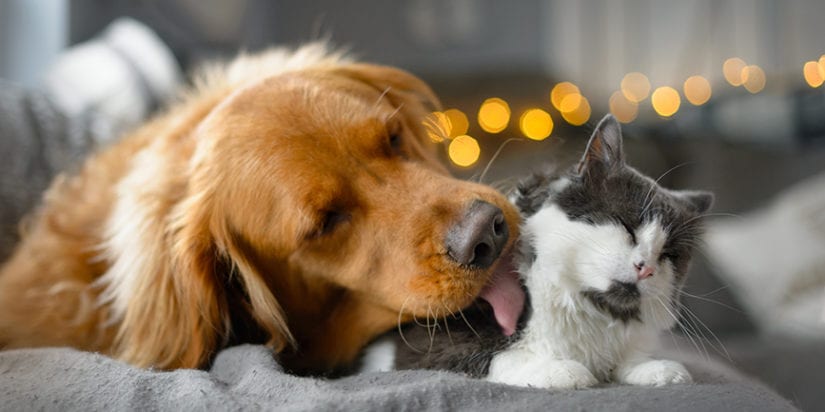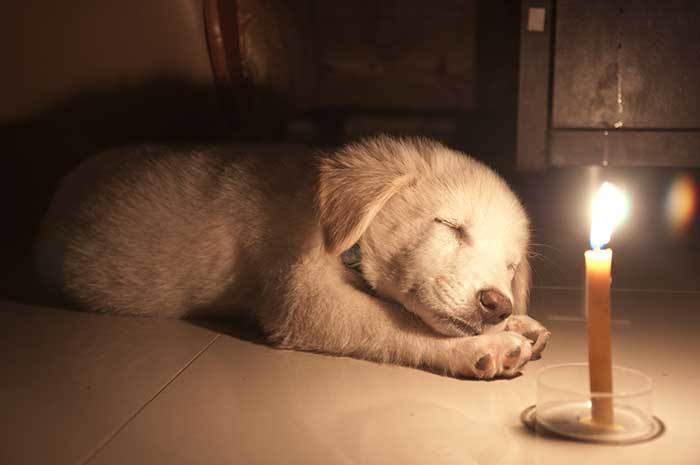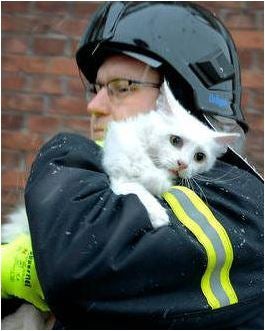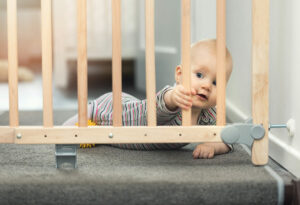
Over the last year as the world has dealt with the COVID-19 pandemic and the accompanying restrictions, many people have adopted or fostered pets. The comfort and companionship our pets offer have made this difficult time a little bit easier.
New pet owners may not be aware of some common safety precautions they should take in their homes. Even longtime pet owners can benefit from the following tips to keep you and your pet safe in your home.
How can I prevent fires in my home?
The National Fire Protection Association estimates that about 1000 fires are started each year by pets. Here are the best ways to prevent these fires:
- Keep cords out of sight so pets don’t trip or chew them
- Train dogs and cats not to jump or walk on counters or the stovetop where they could get burned or turn knobs
- Don’t leave open flames (like candles) unattended where pets might knock them down
- Install smoke detectors on each level of your house and test them weekly. Smoke detectors need to be replaced after 10 years, so check the manufactured date to make sure they’re no older than that.

How can I be prepared for emergencies?
We can’t prevent every fire, so be prepared to get out of the house quickly with your pet in the event of an emergency.
- Include pets in your family’s evacuation plan. Think about their hiding and napping spots, and choose a family member to account for each pet.
- The sounds of smoke and carbon monoxide alarms can be frightening to pets and they may try to hide. Work with a professional pet trainer to help your pets learn how to respond.
- Practice your escape routes with your pets, especially with dogs who can be trained to follow certain paths.
- Keep leashes and any emergency supplies your pet might need near the door so you can easily grab them on your way out.
- First responders need to quickly assess the number of pets in a home. Attach a removable decal to a window close to the front door with the number of pets inside.
- Don’t lock your pets in a room or crate far from the entrance of your home when you leave the house. In a fire, emergency crews might have a harder time finding them.
- Keep contact information for your veterinarian in an easily accessible place.
- Keep your pet’s microchip information current in case you become separated.
How can I keep my pets safe from carbon monoxide poisoning?
Pets are susceptible to carbon monoxide poisoning just like the rest of the family and may be more because they are smaller take in more breaths per minute. You may not know the signs of carbon monoxide poisoning in pets. The symptoms include:
- Difficulty breathing
- Sleepiness or lethargy
- Uncoordinated movement
- Nausea
- Dizziness
- Coughing
- Vomiting
- Seizures
- Deafness
- Blindness
- Coma
Carbon monoxide detectors should be replaced every 7-10 years, depending on the model. Install at least one on every level of your home and test them weekly.
For more information on keeping your pets safe, visit fire safety company Kidde’s pet safety webpage.





